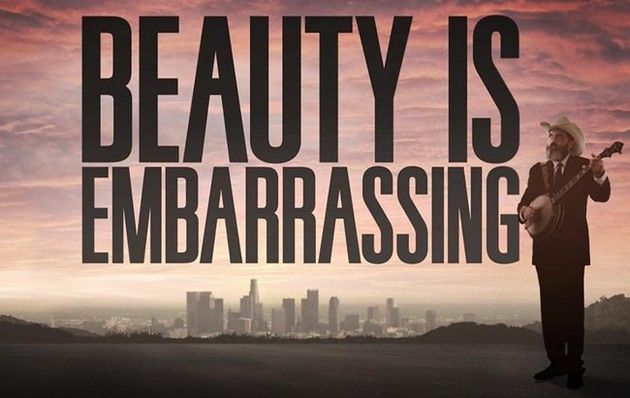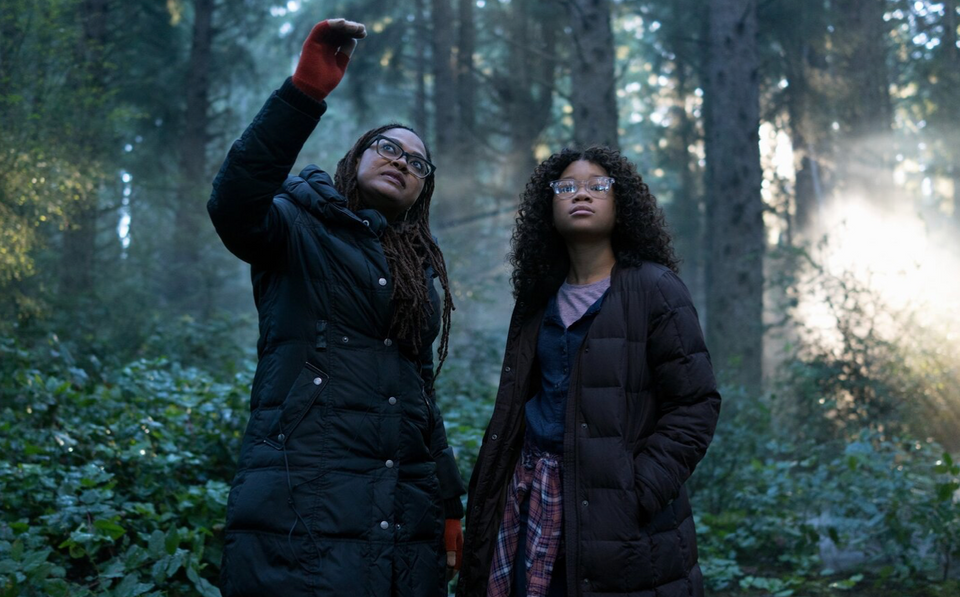I used to watch Netflix documentaries on my laptop while getting ready for work. One particular morning, without pretense or expectation, I clicked on the documentary Beauty is Embarrassing, and then, about twenty minutes into the film, I had one of those moments. A moment when a truth connects with you so deeply that time seems to stop. A slow-motion epiphany isn’t a good thing when getting ready for work. When I came home that day and the next morning and the next evening after that, I watched the movie again and again, trying to soak up its wisdom—learning about working hard, believing in yourself, artistic inspiration, and being brave.
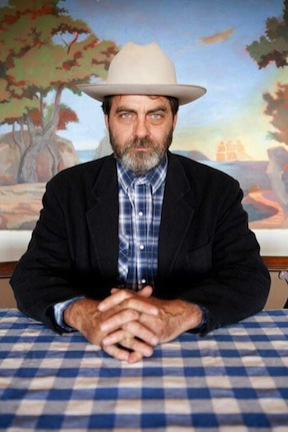
The road an artist travels is almost always the “road less traveled.” It is exhilarating to be an explorer, to chart new territory. No matter how independent or audacious a traveler you may be, however, sometimes it’s nice to have simple tools, like a map and a compass. The subject of Beauty is Embarrassing, lifelong artist Wayne White, is farther down the road than most and can tell you how he got there. He has been creating art for decades, but is just being noticed by the fine art world. His start came with the avant-garde children’s show Pee-wee’s Playhouse, where he flexed all his artistic muscles, building sets and puppets, and providing voices for multiple characters. The show became a cult sensation across the country, for adults and children alike. (The show’s creators knew the show was big when they heard of college students filling bars at 7am to watch episodes together.)
White is an artist because he has to be. It’s a compulsion. He certainly didn’t do it for success or accolades, because those were a long time coming. For those with similar creative compulsions, Wayne’s wisdom can meet you on that road. It doesn’t have to be as lonely as we make it out to be. These are the lessons that met me.
1. “Art is a 24/7 lifestyle.”
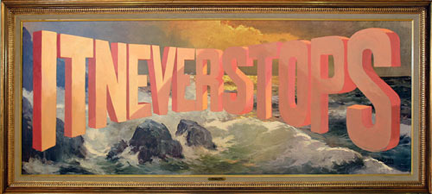
Key word: lifestyle. Art is not a job. (Well, maybe you make money at it as your profession, in which case, we’re all jealous.) No one wants to work 24/7, but people want to live in wonder and possibility all day everyday and that is what you’ve signed up for as an artist.
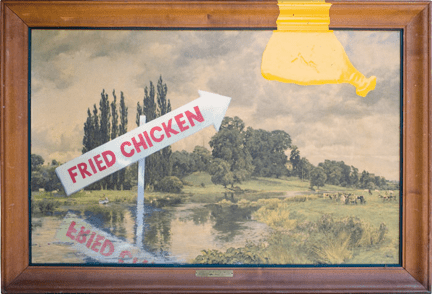
I worry that I have no big stories, no resolutions, and no takeaways. But I make myself write anyway. I write about finding a stray strand of hair glued by condensation to the outer rim of my drinking glass. I write about sitting on an upholstered stool at Chipotle, watching passersby on Sixth Avenue. I write about my first personal essay getting jammed in the work printer for my boss to later find.
You must open your mind to the wonder around every corner—that must drive you. The whole reason you’re an artist is you want to share your point of view with an audience. Make sure that view port stays open all the time, that your whole lens on life becomes that view port. You can’t pursue depth and live a shallow life. Real life happens in the real world, and real art happens in the real world. In some ways, creativity is an escape from reality, but in other ways it’s meant to engage it at the highest level. Andy Warhol had similar advice: “You need to let the little things that would ordinarily bore you suddenly thrill you.” If you can’t find art in the quotidian, where else are you going to find it?
2. “A lot of art is ditch digging.”

Towards the beginning of the film, White is sitting in his dimly lit art studio, back facing the camera. He steadily and painstakingly moves his brush across the canvas and says this line. “A lot of art is ditch digging.” Remember that activity or work you resented because you saw it as tedious and time-consuming, but then you saw it with new artist eyes and it became shiny and new? That shiny and new thing will become the new tedious and time-consuming thing. It’s just how the cycle works. Such is life and such is the creative process. The time when a project becomes tedious and time-consuming is the worst time to give up on it. You’ve already got skin in the game.
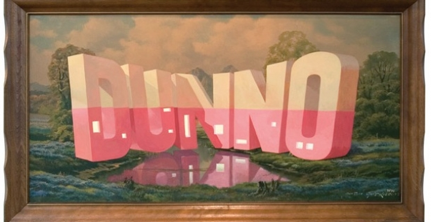
Only in the ditch-digging phase of writing do I begin to see the broader implications of my everyday observations. The awareness of a strand of hair has more to do with the fear of losing my hair. The trick is enjoying and embracing the tedium as a pursuit in and of itself. At this point on the artistic road it is easy to lose track of the finish line. In this moment you might be tempted to ditch this project for a new one. More likely, however, you’ll be tempted to change the “direction” of your piece substantially. This is a trap door that many people fall through. Drastically changing the direction or thesis of your project midway through so that it is basically unrecognizable from your original intent is the same thing as ditching your project. Don’t do that. Unless you really, really have to.
3. “Hoozy Thinky Iz?”

White painted this old school cartoon saying across the canvas of one of his word paintings. It’s the imposter syndrome, the voice that lives inside the head of every creative that says over and over “what right do you have to be here?” It’s the creeping suspicion that all of your peers actually paid attention in school and have deeper thoughts and smarter reasons. It’s the feeling that you’re the only one without a hardcore purpose and mission behind your work. It’s the feeling that you’re a fraud and everybody knows it. You’re not fooling anybody.
These are my own insecurities. At times I feel like a pseudo-everything: pseudo-friend, pseudo-designer, pseudo-writer. Nothing is as humbling as moving to New York City upon graduating from college, where Ivy League degrees are treated like passport stamps. One is requisite; two are preferable.
One antidote is simply to know that all other artists, including Wayne White, suffer from this. It doesn’t make one’s mind a fun place to live, but it helps create some good art. To run at a fast pace, you either must be running away from something or towards something, or both. If you let “Hoozy Thinky Iz?” chase you, you’ll run faster, but you’ll run out of breath really fast and might wind up on a different road entirely (see lesson 2). At the end of the film Wayne seems tired and ready to end his dysfunctional relationship with the voice of doubt. “The ‘Hoozy Thinky Iz?’ phantom is always in my head,” he says. “Even though I’m looking around going, ‘Who’s even saying that to you anymore, Wayne?’”
4. “Beauty is Embarrassing.”
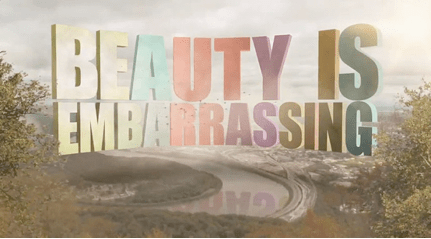
This is the heart of the documentary. Creating the work is only half the battle. Believing in it, being naked and vulnerable enough to share it is the other half. We are embarrassed in the presence of true beauty and embarrassed to think we are capable of producing true beauty ourselves. An artist’s life will always live within this tension.
White is embarrassed to share what he does for a living. He fears calling himself an artist sounds both self-aggrandizing and downright silly. His fear is far harsher than anyone’s reaction. Eleanor Roosevelt famously said that no one can make you feel inferior without your consent; and no one can make you feel embarrassed without your consent. Even so, allowing others to view and critique your work will always involve embarrassment. My personal essay getting jammed in the printer at work was terrible. I did not want anyone to read what I had written, especially my boss. And yet, this exemplifies a complicated relationship with writing because, of course, I had also written because I wanted everyone to read. Art is always personal, and sharing it will always feel like you are sharing an unfamiliar part of yourself.
Part of White’s mission is to imbue the art world with a sense of humor, encouraging it to stop taking itself so seriously. He is sure to point out, however, that this mission has come up against a great deal of resistance. “Entertainment is a dirty word in the art world,” he confides. Many critics cannot accept a piece of art as both meaningful and humorous. But humor is serious business to White. If he did not view laughter as important, as something both healing and sacred, it would not be worth it for him to subject himself to the judgments of the art world, to risk embarrassment. Indeed, the embarrassment has a purpose. The viewer can sense that as White has come into his own as an artist, he now understands the importance of pursuing a mission in his work. Running away from “Hoozy Thinky Iz?” is no longer sustainable. Running towards a goal, having a concrete purpose is a stronger and more rewarding driving force. This alone is what makes an artist brave enough to share. It also turns out to be the only map you ever really need.

